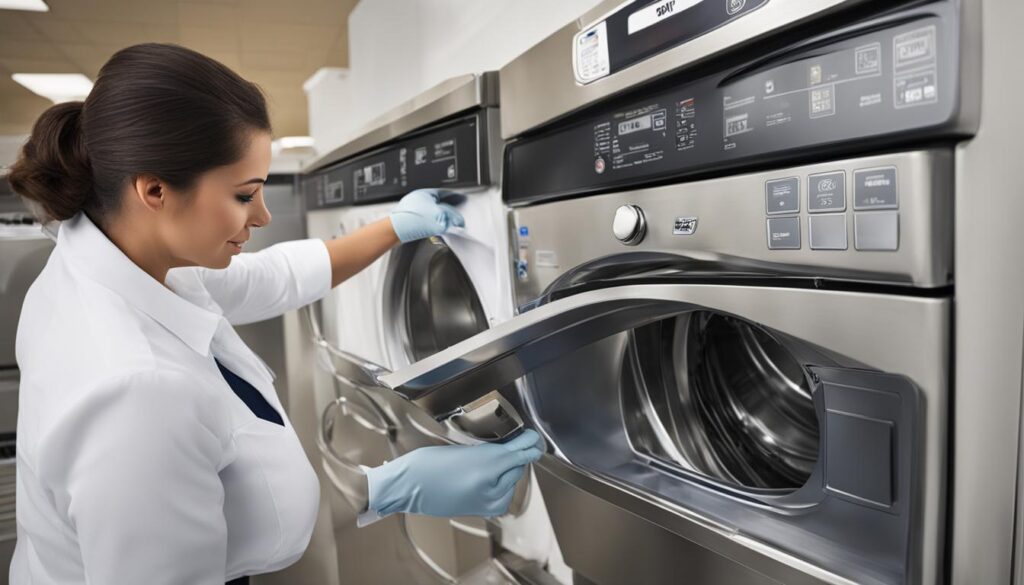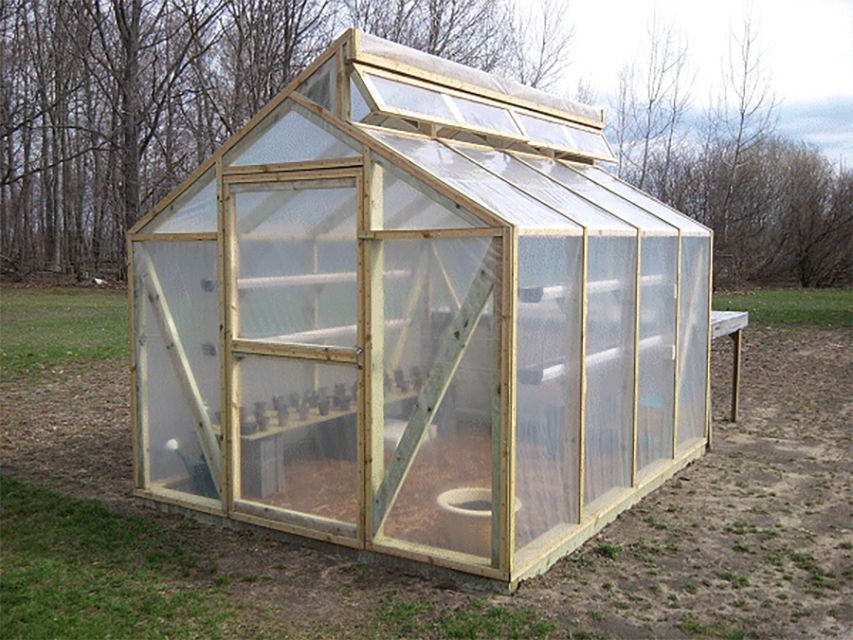Step-by-Step Guide: Safely Removing a Garden Tub in Your Mobile Home
Introduction
Garden tubs are a common feature in many mobile homes, offering a spacious bathing area but often taking up valuable space. Whether you want to create more storage, install a modern shower, or simply update your bathroom, removing a garden tub can be a practical DIY project. This guide will walk you through every step, from preparing your workspace and gathering the right tools, to handling plumbing and safely disposing of your old tub. We’ll also discuss common challenges, provide real-world advice, and outline when to call a professional for help.
Why Remove a Garden Tub?
Many mobile home owners choose to remove their garden tubs for several reasons. The most common motivations include:
- Reclaiming Space: Garden tubs are large and can dominate a bathroom, leaving little room for storage or other fixtures.
- Upgrading Fixtures: Older garden tubs may be outdated, cracked, or leaking, making replacement necessary for both function and style.
- Accessibility: High-sided tubs can be difficult to enter and exit, especially for those with mobility concerns.
Before you begin, it’s important to have a clear plan for what you want to do with the space after removal. This may include installing a walk-in shower, building storage shelves, or simply opening up the room for easier movement.
Essential Tools and Materials
Successful removal requires the right tools and preparation. Here’s what you’ll typically need:
- Adjustable wrench and pliers
- Screwdrivers (Phillips and flathead)
- Utility knife
- Reciprocating saw (Sawsall) with metal and wood blades
- Sledgehammer (for demolition, as needed)
- Pry bar
- Protective gloves, safety goggles, and a dust mask
- Drop cloth or tarp to protect floors
- Buckets for catching water
Before starting, ensure you have a clear pathway for removing debris and a plan for disposing of the old tub. If you’re unsure how to use any of these tools safely, review instructions or seek professional advice before proceeding.
Step-by-Step Removal Process
1. Turn Off Water Supply
Shut off the water supply to the bathroom or the entire home. In some cases, you may find shut-off valves near the tub; otherwise, use the main water shut-off. Open the tub faucet to drain any remaining water from the lines. This is a crucial safety step to prevent leaks and flooding during removal [4] .
2. Disconnect Plumbing
Remove the faucet and handles by unscrewing them using a screwdriver or wrench. Disconnect the water supply lines carefully, using a bucket to catch any water that may still be in the pipes. If you’re not comfortable with plumbing, you can contact a licensed plumber for this step to ensure all lines are safely capped [2] .
3. Remove Surrounding Trim and Wall Panels
Carefully pry off any trim or molding around the tub. Most mobile home garden tubs are installed with paneling or drywall around them. Use a utility knife to cut through caulk and paint, then remove the panels with a pry bar. This will expose the tub flanges and mounting screws [1] [3] .
4. Detach the Tub from the Floor and Walls
Locate the screws or bolts securing the tub to the floor and wall studs. Remove these fasteners with a screwdriver or drill. Some tubs are also held in place with adhesive or caulk, which may require cutting with a utility knife or reciprocating saw. If the tub is too large to remove in one piece, use the saw to cut it into manageable sections [4] .
5. Disconnect and Remove the Drain
Access the drain area, which may require removing an access panel or cutting out a small section of the floor. Unscrew the drain flange and disconnect the P-trap underneath the tub. If the drain is glued or particularly stubborn, a reciprocating saw can help separate the connection. Always use caution to avoid damaging pipes you’ll need for future fixtures [2] .

Source: pixelcut.ai
6. Remove the Tub
With all plumbing and fasteners disconnected, lift the tub out of its alcove. Garden tubs can be heavy and unwieldy, so you may need help moving it. If removal as a whole unit is impossible, cut the tub into smaller pieces with a saw or sledgehammer for easier disposal. Use protective gear to shield yourself from sharp edges and debris [1] [3] .
Handling Common Challenges
Every mobile home is different, and you may encounter unexpected obstacles such as:
- Hidden Screws or Fasteners: Manufacturers sometimes use hidden screws, especially in corners or under trim. Take your time to locate and remove them to avoid damaging walls or flooring.
- Stubborn Adhesive: Some tubs are glued in place. Use a combination of a utility knife, reciprocating saw, and gentle prying to break the seal.
- Plumbing Complications: Older homes may have pipes in poor condition or non-standard fittings. If you notice corrosion or leaks, consider replacing old plumbing as part of your project.
If you run into major plumbing or electrical concerns, or if you’re unsure how to proceed safely, it’s best to consult a professional. Mistakes can result in expensive water damage or even injury.
Disposal and Next Steps
Once the tub is out, prepare the area for your next project. If you plan to install a new shower or tub, measure the space carefully and ensure your chosen fixture will fit. Some local waste management services accept old bathtubs for disposal, while others require you to haul them to a recycling center or landfill. Always check with your local authorities for proper disposal guidelines.

Source: remove.bg
If you’re transforming the space into a storage area, use moisture-resistant materials for shelving and ensure the subfloor is in good condition before installation. For those replacing the tub with a shower, consider using a professional for waterproofing and plumbing to ensure long-term durability.
Real-World Examples and Case Studies
Many homeowners share their experiences of removing garden tubs online. For instance, a YouTube tutorial demonstrates each stage, from pulling off trim to disconnecting plumbing and physically removing the tub, offering visual guidance and tips for overcoming common snags [1] . Another user describes using a reciprocating saw to cut the tub in half for easier removal, especially when dealing with limited space or stubborn adhesives [2] . These real-life accounts highlight that while the process can be physically demanding, it’s manageable for most DIYers with careful planning and the right tools.
When to Call a Professional
While many aspects of garden tub removal can be handled by determined DIYers, there are situations where professional help is advisable. These include:
- Inability to turn off water at the fixture or main shut-off
- Complex plumbing modifications or rerouting
- Electrical wiring concerns near the tub area
- Dealing with mold, rot, or structural damage found during removal
Licensed plumbers and contractors can ensure your project is completed safely and up to code. If you need to find a qualified professional, you can search online for local mobile home repair specialists or consult your state’s licensing board for referrals.
Summary and Key Takeaways
Removing a garden tub in a mobile home is a multi-step process that requires preparation, the right tools, and attention to safety. By following the outlined steps-turning off the water, disconnecting plumbing, removing trim and fasteners, and safely hauling out the tub-you can reclaim valuable space or set the stage for a bathroom upgrade. Always measure your new fixtures before removal, and consult professionals for advanced plumbing or structural issues. With careful planning and practical know-how, you can transform your mobile home bathroom to better suit your needs.
References
- [1] YouTube (2022). Taking Out A Garden Tub – Step-by-step visual walkthrough.
- [2] MobileHomeRepair.com (2015). Community advice on garden tub removal, tools, and challenges.
- [3] YouTube (2021). How To Remove a Garden Tub in a Mobile Home – Full demonstration.
- [4] Mobile Home Outfitters (2022). The Basics of Replacing Your Mobile Home Bathtub.
MORE FROM hotondeals.com













